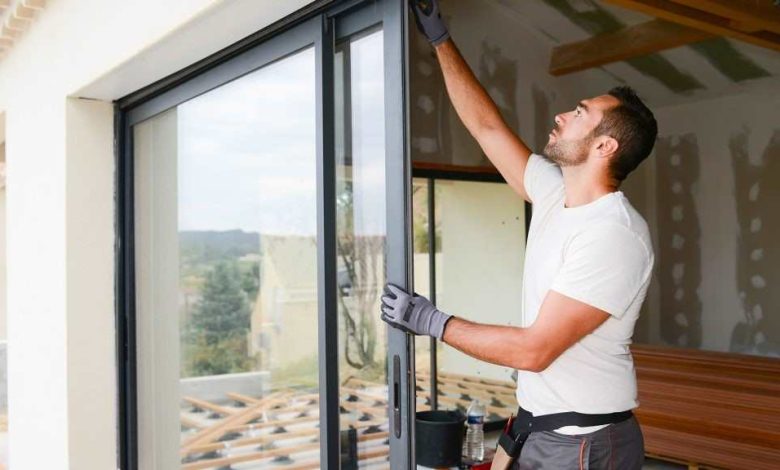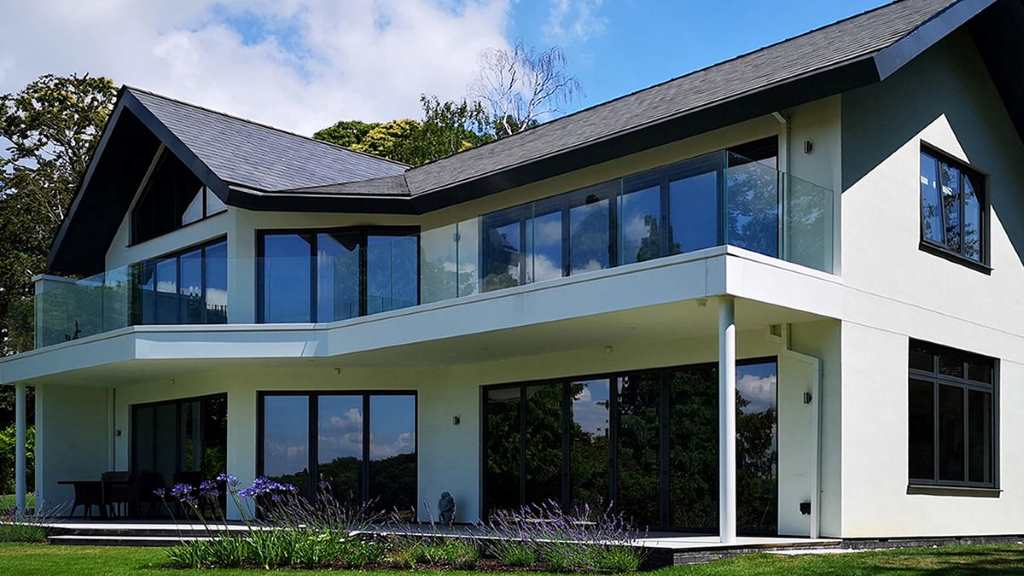
In a world where energy costs are a significant concern, homeowners are constantly seeking ways to reduce their bills and environmental footprint. One area that often gets overlooked is windows. These seemingly simple portals to the outside world can be major sources of energy loss if not chosen wisely. Investing in energy-efficient windows can lead to substantial savings over time while also enhancing your home’s comfort and value. Let’s delve into the world of glass and frames to discover the best options for maximizing energy efficiency.
Understanding the Science of Energy Loss (and Gain)
Before we dive into specific window types, it’s important to understand how windows contribute to energy transfer. Heat can escape or enter your home through windows in three primary ways:
- Conduction: Heat flows directly through the glass and frame materials.
- Convection: Air leaks around the window frame or through the glass itself.
- Radiation: The sun’s rays penetrate the glass, warming interior spaces (this is great in winter, not so much in summer).
Energy-efficient windows are designed to minimize these three types of heat transfer.
The Dynamic Duo: Glass and Frame
The two main components of any window – the glass and the frame – play distinct roles in energy efficiency.
- Glass: Your First Line of Defense
- Double or Triple Glazing: The most significant improvement you can make is choosing double or triple-pane windows over single-pane. The insulating air (or gas) layer between the panes acts as a thermal barrier, drastically reducing conduction.
- Low-E Coatings: Low-emissivity (low-E) coatings are microscopically thin metallic layers applied to the glass surface. These coatings reflect radiant heat, keeping it inside during winter and outside during summer.
- Gas Fills: Inert gases like argon or krypton are often used to fill the space between panes. These gases are denser than air, further hindering heat transfer.
- Tinted or Reflective Glass: While not ideal for every climate, tinted or reflective glass can be beneficial in regions with intense sunlight. They reduce solar heat gain, keeping your home cooler in the summer.
- Frames: The Unsung Heroes
- Insulated Frames: Frames made from materials like wood, vinyl, or fiberglass with insulating chambers are far superior to metal frames in terms of preventing heat transfer.
- Warm-Edge Spacers: These spacers separate the glass panes and are typically made from non-conductive materials, minimizing heat loss around the edges of the window.
- Weatherstripping and Caulking: Properly sealed windows are crucial to preventing air leaks. Weatherstripping around the sash and caulking around the frame creates an airtight seal. Additionally, lead glass windows can enhance this protection by providing an extra layer of defense, as detailed in https://ldphub.com/lead-glass-a-shield-against-radiation/.
Matching Windows to Your Climate
The ideal window type for your home depends on your climate:
- Cold Climates: Look for windows with a low U-factor (measures how well a window prevents heat from escaping). Triple-pane windows with low-E coatings and gas fills are excellent choices.
- Hot Climates: Focus on a low solar heat gain coefficient (SHGC – measures how much solar radiation a window blocks). Tinted or reflective glass can help, but be mindful of reducing natural light too much.
- Mixed Climates: Consider windows with a good balance of U-factor and SHGC. Double-pane windows with low-E coatings are often suitable.
Other Factors to Consider
- Window Style: Different window styles have varying levels of energy efficiency. Fixed windows (like picture windows) tend to be the most airtight, while operable windows like casement or awning windows can offer excellent sealing when closed.
- Professional Installation: Even the most energy-efficient windows will underperform if not installed correctly. Hire a qualified professional to ensure proper sealing and insulation.
- Energy Ratings: Look for windows with certifications like ENERGY STAR or NFRC ratings. These labels provide standardized information about a window’s energy performance.
The Investment That Pays You Back
Energy-efficient windows are an investment that pays dividends over time. You’ll enjoy:
- Lower Energy Bills: Reduced heating and cooling costs can lead to significant savings year after year.
- Increased Comfort: Consistent temperatures throughout your home and reduced drafts make for a more comfortable living environment.
- Environmental Benefits: Lowering your energy consumption reduces your carbon footprint and contributes to a healthier planet.
- Enhanced Home Value: Energy-efficient upgrades are attractive to potential buyers and can increase your home’s resale value.
Conclusion
Choosing the right windows for your home is a decision that shouldn’t be taken lightly. By carefully considering factors like climate, glass type, frame material, and energy ratings, you can make an informed choice that will benefit you and your family for years to come. Remember, energy-efficient windows are not just about saving money – they’re about creating a more comfortable, sustainable, and valuable home.

